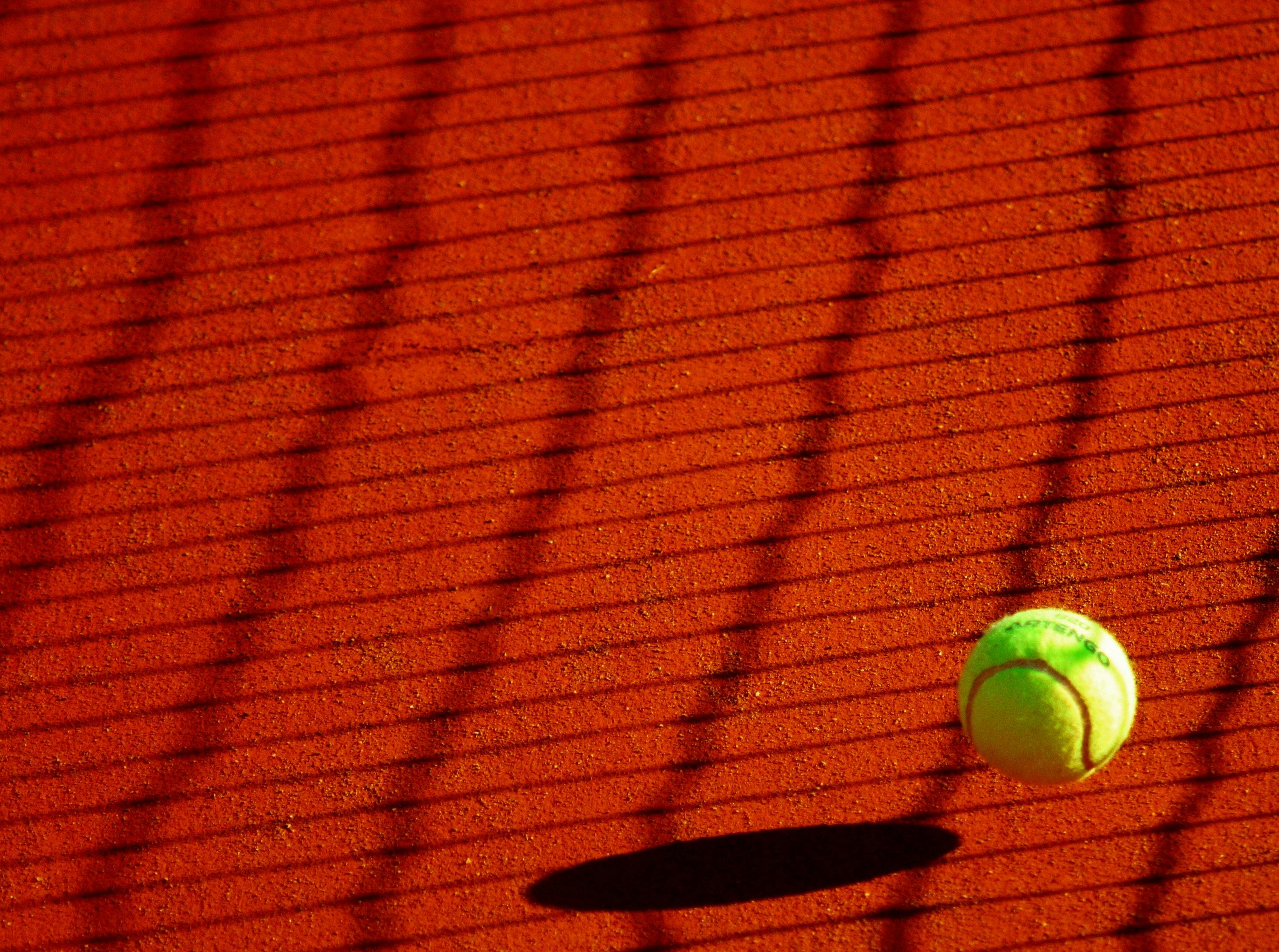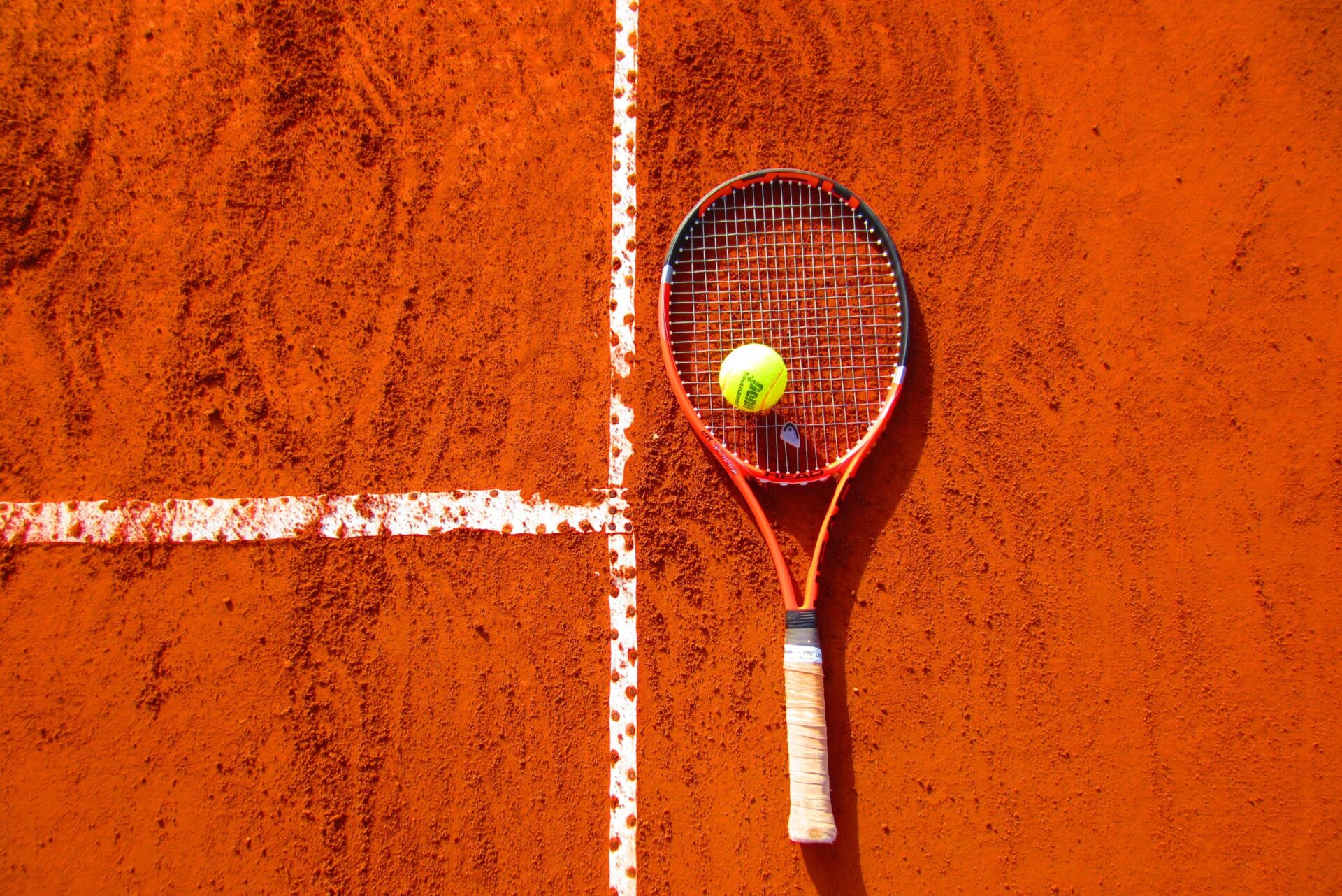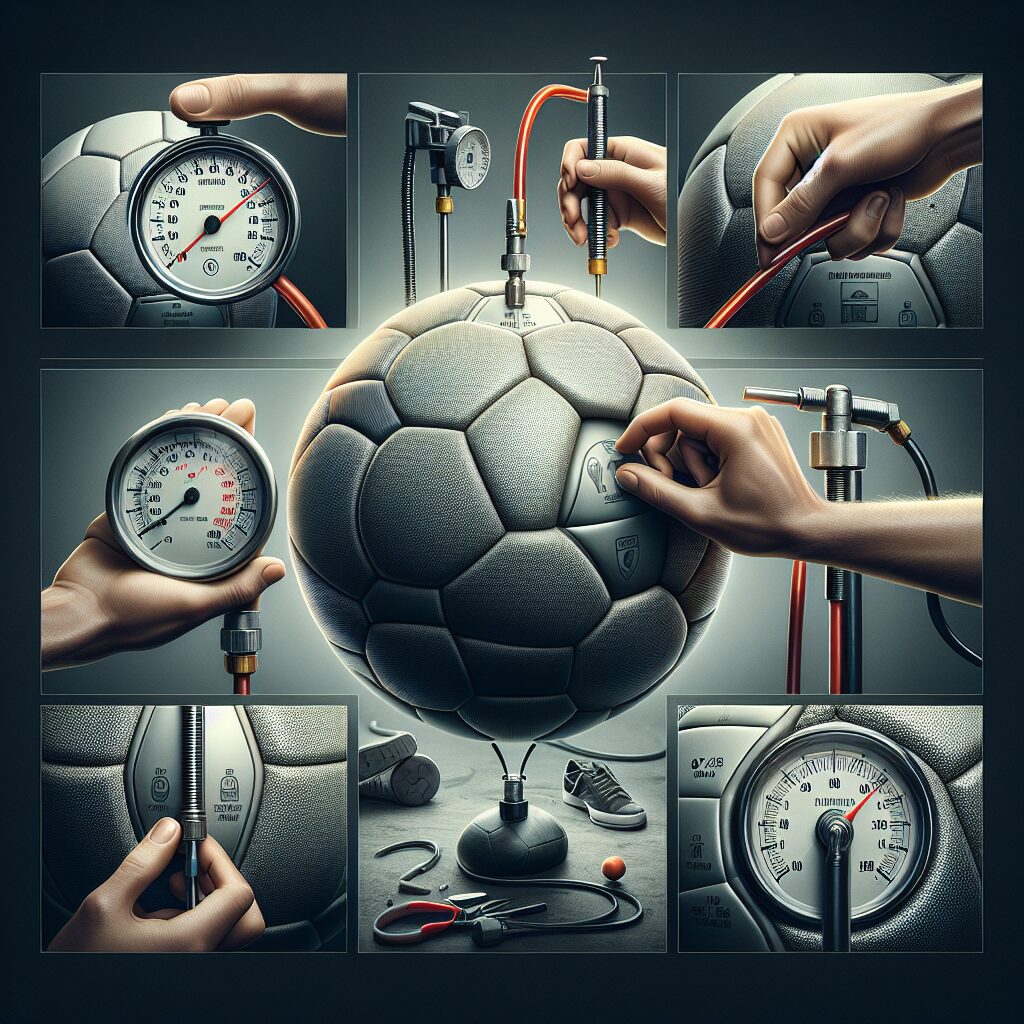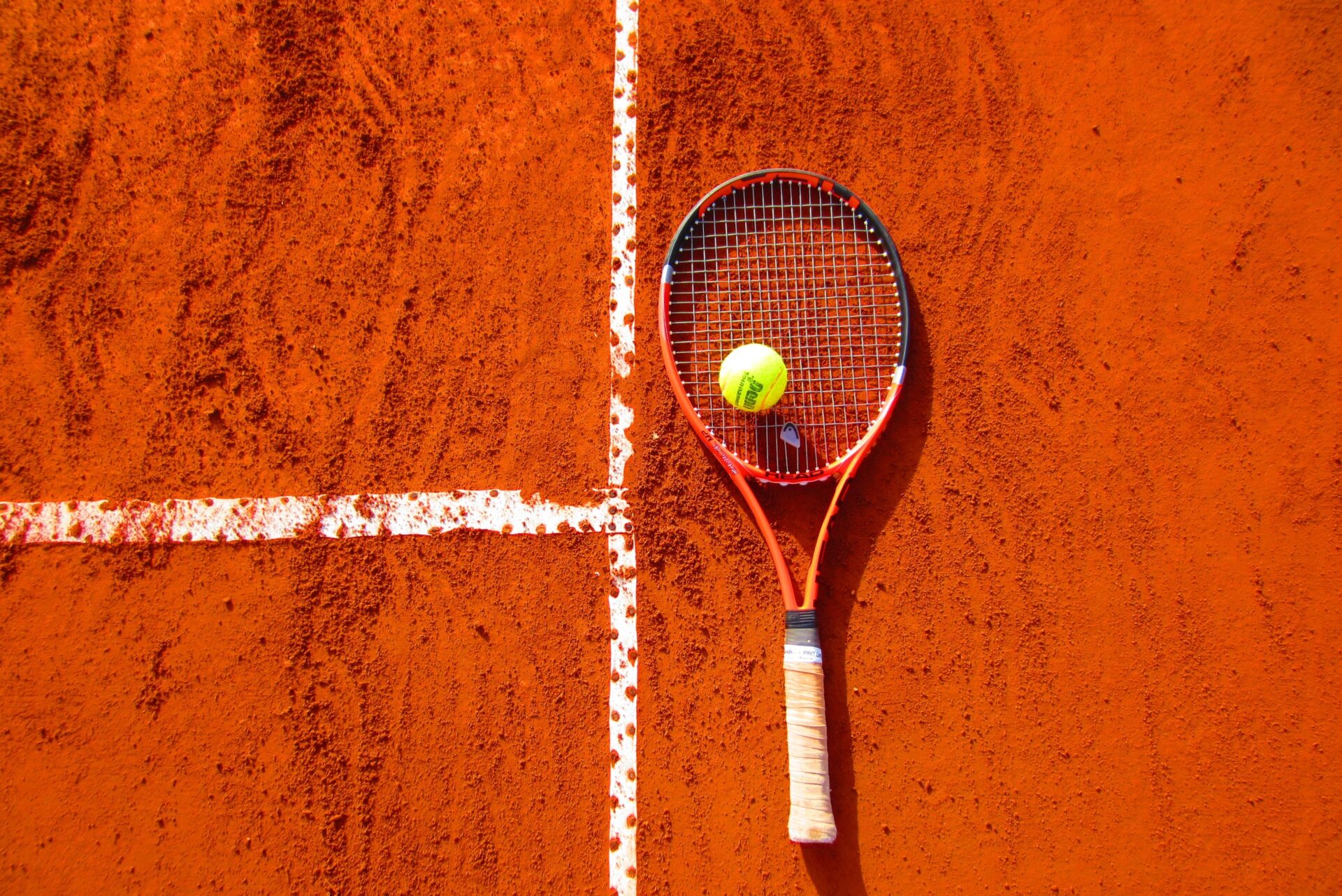Tennis is a popular sport with millions of people playing it around the world. One of the most important pieces of equipment used in tennis is the tennis ball. But how big is a tennis ball? This article will give an overview of the size and dimensions of a tennis ball, as well as provide useful information on its construction and composition.The standard size of a tennis ball is 6.54 to 6.86 centimeters (2.57 to 2.70 inches) in diameter.
How Are Tennis Balls Measured?
Tennis balls are measured according to the International Tennis Federation (ITF) standards. The ITF standards dictate that the size and weight of all new tennis balls must meet certain criteria. These criteria include a diameter of 2.57 inches, a weight of 2.7 ounces, and a height of 2.5 inches when compressed. Once tested for these specifications, the ITF stamps its certification logo onto each ball to indicate that it meets their standards.
In addition to meeting these specific requirements, tennis balls must also be able to bounce at least 53 inches when dropped from a height of 100 inches onto an asphalt surface at temperature of 77 degrees Fahrenheit. This is in order to ensure that they can be used in competitive play and provide an even playing field for all players.
Lastly, the color and texture of tennis balls must also be taken into consideration when measuring them for playability. ITF-approved tennis balls must have a bright yellow hue and feature textured felt material that makes them easier to grip and hit with racquets.
How Big Is a Tennis Ball in Centimeters?
A standard tennis ball is usually 6.54–6.86 cm (2.57–2.7 in) in diameter, and its weight should not exceed 56.7 g (2 oz) according to the International Tennis Federation (ITF). The typical size of a tennis ball is the same for all levels of play, from beginners to professional players. Different colors may be used for different levels of play, however, this does not affect the size or weight of the ball.
The balls can be made from various materials depending on their use. Balls designed for outdoor use are usually made from rubber, while those intended for indoor play are usually made from Styrene-butadiene rubber or a type of synthetic felt material.
Most tennis balls come with a pressurized core filled with air or Nitrogen that gives them their bounce and durability during play. This pressurizing process helps to reduce air leakage over time so that the ball can maintain its bounce and speed during game play without having to be re-inflated frequently. The ITF mandates that all balls used during official tournaments must be approved by them and meet certain standards with regards to pressure and size in order to ensure fair play.
What Is the Diameter of a Tennis Ball?
The official diameter of a tennis ball is 2.6 to 2.7 inches, which is approximately 6.7 to 6.9 centimeters. The International Tennis Federation (ITF) regulates the size of tennis balls used in tournament play, and the diameter must be within these measurements in order for the ball to be considered an officially recognized tennis ball. The circumference of a tennis ball is 8.25 to 8.5 inches or 21 to 22 centimeters, and the weight should range from 56.0 to 59.4 grams for a regular size tennis ball and between 50.0 and 54.0 grams for a mini-ball.
Tennis balls are usually made from two pieces of felt that are glued together and stitched with a special thread that helps hold them in place as well as adding spin on the ball when hit with a racquet. The felt material can vary between different manufacturers, but all must meet the ITF standards for bounce, speed, and compression before they can be used in tournament play.
The size and weight of tennis balls are important factors in determining their performance during play, so it is important for players to use balls that meet ITF regulations in order to ensure they have the best playing experience possible.
What Is the Circumference of a Tennis Ball?
The circumference of a tennis ball is approximately 8.5 inches. The size of a tennis ball is determined by the International Tennis Federation, and it must measure between 6.54 inches and 6.86 inches in diameter. This means that the circumference of a tennis ball must fall within 21.06 inches and 21.65 inches, respectively. The diameter of the tennis ball will determine how much it weighs, as well as how fast it travels when hit with a racket.
When playing competitively, most players prefer to use regulation-sized tennis balls because they are easier to control and have consistent bounce characteristics. Balls which are smaller or larger than regulation-sized balls may cause the game to become unbalanced, as players may be able to hit them with more force than with regulation-sized balls due to their size difference.
When purchasing tennis balls, it is important to make sure that they are regulation-sized; otherwise, they may not be suitable for competitive play. Most manufacturers label the size of their products on their packaging, so this should help you determine whether or not they are regulation-sized before you purchase them.

How Much Does a Tennis Ball Weigh?
A standard tennis ball weighs between 2.5 and 2.7 ounces. The balls are made up of a felt-covered rubber core, which is why they are often referred to as “felt balls” or “fuzzy balls”. This construction allows them to be used in all kinds of weather conditions, including rain and snow. The felt also helps with the bounce of the ball when it hits the ground, making it easier to control and play with.
The exact weight of a tennis ball can vary depending on the type of felt used in its construction as well as its size and design. Most tennis balls are designed to be slightly heavier than a regular racquetball, making them suitable for long-distance shots or for use on harder surfaces. Some specialty tennis balls may also be lighter or heavier than the standard weight range, depending on their intended purpose or use.
Tennis players often prefer heavier balls for practice sessions as they tend to have more power behind them when they hit the court surface. Lighter balls can also be beneficial for players who want more control over their shots, allowing them to make precise placements without having to put in too much effort.
No matter what type of tennis ball you choose to use, it’s important that you take care of it properly in order to ensure that it retains its original weight and bounce qualities over time. This means storing your balls in a cool, dry place when not in use and cleaning them regularly with warm water and mild detergent if necessary.
Does the Size of a Tennis Ball Affect Playability?
The size of a tennis ball can have a major impact on playability. While most tennis balls are regulation size, there are some exceptions. Smaller or larger balls can be used in certain scenarios, and they can affect the game considerably.
Regular tennis balls are 2.6 inches in diameter and weigh between 0.9 and 1.1 ounces. This size has been determined to be the optimal size for playability and is the standard for competitive matches. Smaller balls, however, can be used to help train beginners to get used to the feel of a regular ball without having to deal with its speed and power right away.
Larger balls are often used by professional players as they offer a greater margin for error due to their larger surface area. This allows players to hit shots with more accuracy, as well as make more difficult shots easier due to their size. Larger balls also move slower than regular-sized ones, so they’re great for players who want more time to set up their shots.
The material of the ball is also an important factor when it comes to playability; some materials will hold up better than others over time, while others can cause issues with accuracy due to their weight or bounciness. Different surfaces also have different levels of friction which can affect how quickly and accurately a ball moves across it; this is why different types of balls are often used in different tournaments or courts around the world.
Overall, it’s clear that the size of a tennis ball does have an effect on playability; smaller or larger balls offer different advantages depending on the situation and skill level of the player using them. Whether you’re just starting out or a seasoned professional, understanding how ball sizes affect your game is essential for success on the court.
Factors That Affect the Size of a Tennis Ball
The size of a tennis ball is an important factor in the game, as it affects the speed and trajectory of the ball when it is hit. The International Tennis Federation (ITF) has set specific guidelines for the approved size and weight of a tennis ball. There are several factors that contribute to the overall size of a tennis ball, such as its design, materials used, and construction process.
The design of a tennis ball affects its size because different shapes will require different amounts of material to make them. Some balls are rounder, while others may be more oval-shaped. These shapes will require different amounts of material to make them and thus will affect the overall size.
The materials used in making a tennis ball also play an important role in determining its size and weight. Generally, balls are made from rubber or synthetic rubber materials that have been specifically designed for durability and performance on court. Different types of rubber can have different densities which will result in different weights and sizes for each type of ball.
Finally, the construction process plays a role in determining the size of a tennis ball. Different manufacturers use slightly different techniques when constructing balls, such as how tightly they wind the strings around the core or how much material is used during production. All these small differences can have an effect on the overall size of each individual tennis ball produced by each manufacturer.

Conclusion
A tennis ball measures 6.54-6.86 inches in diameter and weighs between 2.0 and 2.5 ounces, making it one of the smallest sports balls used for competitive play. The size of a tennis ball is important for both recreational and professional players since it affects the speed, spin, and trajectory of the ball during play. The size and weight of the tennis ball also impact how a player holds and swings a racquet when hitting the ball.
The circumference of a standard tennis ball is 21 inches, which is more than twice its diameter. This extra circumference helps to give the ball its distinctive bounce characteristics during play, allowing it to travel across court at greater speeds than smaller balls. Professional tennis players are required to use regulation-sized tennis balls in order to ensure fairness in tournament matches.
In conclusion, a tennis ball is an important part of any game of tennis, as it determines how the game is played and affects a player’s ability to hit shots accurately and with power. Its size and weight are carefully regulated in order to maintain fairness between players on different levels of skill. Knowing how big a tennis ball is can help you become a better player by understanding how its size affects your performance on court.




